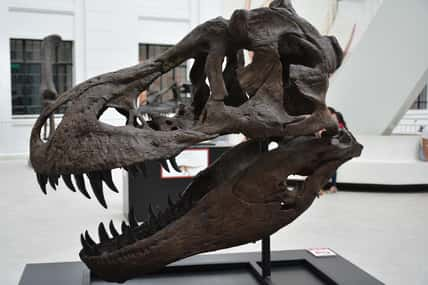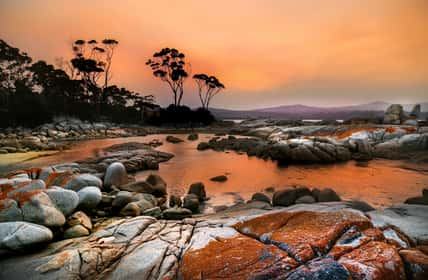Researchers Have Drilled The Deepest-Ever Sample Of Rocks From Earth’s Mantle

On an underwater mountain, where the sea floor is spreading apart, researchers have drilled the deepest-ever sample of rocks from the Earth’s mantle. They dug 0.7 miles deep in the Mid-Atlantic Ridge in a spot with plenty of hydrothermal vents.
In the past, efforts to drill into mantle rocks that emerged to the surface in the deep sea had only reached 659 feet.
According to Gordon Southam, a co-author of the study and a geomicrobiologist at the University of Queensland in Australia, that was not deep enough to search for organisms like heat-loving bacteria. But now, the new samples might provide fresh information.
“Every time the drillers recovered another section of deep core, the microbiology team collected samples to culture bacteria to determine the limits of life in this deep subsurface marine ecosystem,” Southam stated. “Our ultimate goal is to improve our understanding of the origins of life and to define the potential for life beyond Earth.”
More information about the movement of the mantle can also be gleaned from the rock core. With the new mantle sample, the researchers can see how all its different parts melted and how they rose to the surface.
So far, they have found that the melts traveled at a steep, diagonal path toward the surface instead of moving vertically.
In 2023, researchers with the International Ocean Discovery Program were aboard a research vessel when they drilled into a section of the Mid-Atlantic Ridge called the Atlantic Massif.
There, the ocean floor is separating and mantle rocks are rising to the surface. The drilling took place near the “Lost City,” a field of hydrothermal vents that release methane and hydrogen into the ocean.
Many microorganisms depend on these molecules to live, which, in turn, feed small invertebrates like snails and tubeworms. The fact that life is found near hydrothermal vents is intriguing because these vents are the only places on Earth where the inorganic Earth itself, not sunlight, is the ultimate source of energy for life.

The team was able to pull up large intact pieces of mantle measuring up to 16.4 feet. Mantle rock is usually quite fragile and tends to crumble into small chunks that jam drill bits. But for some reason, they got lucky, and the drilling at the site went without a hitch.
During the two-month-long drilling project, microbiologists were smashing rocks with sledgehammers for nearly 24 hours per day. Overall, they retrieved more than 70 percent of the 0.7-mile core.
“The nearly continuous recovery down to [0.7 miles] provides an excellent opportunity to document the relationships among microbial diversity, abundance, and activity with depth and temperature, including temperatures approaching the limit for life,” said William Brazelton, a study co-author and a microbiologist at the University of Utah.
The study was published in the journal Science.
Sign up for Chip Chick’s newsletter and get stories like this delivered to your inbox.












